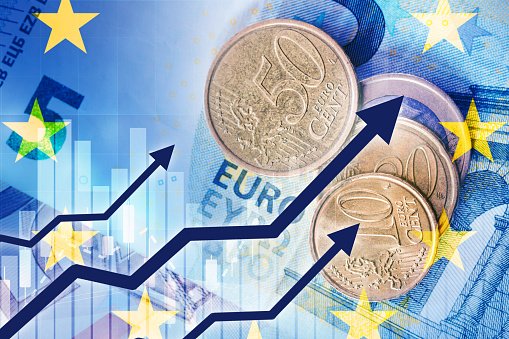 Euro ended as the strongest one last week as boosted by the agreement on the Next Generation EU recovery fund. It's seen as a landmark deal which would increase cohesion of the EU. The burden on ECB would also be dramatically eased with the fiscal support. Meanwhile, Eurozone PMI composite jumped to a 25-month high in July, hinting at an initial V-shaped recovery. The strength in Euro took Swiss Franc and Sterling higher today, with the latter supported by PMI composite at 61-month high. Euro ended as the strongest one last week as boosted by the agreement on the Next Generation EU recovery fund. It's seen as a landmark deal which would increase cohesion of the EU. The burden on ECB would also be dramatically eased with the fiscal support. Meanwhile, Eurozone PMI composite jumped to a 25-month high in July, hinting at an initial V-shaped recovery. The strength in Euro took Swiss Franc and Sterling higher today, with the latter supported by PMI composite at 61-month high. On the other hand, Dollar ended as the weakest as rebound in initial jobless claims raised concerns of a double dip recession. That came in with the background that US and global daily coronavirus cases hit new records. Yen might look weak in the weekly heat map but it has actually regained much ground towards the end of the week on risk aversion. US Secretary of State Mike Pompeo's speech, titled "Communist China and the Free World's Future", was seen as sealing the turning point of multi-decade long US-China relations. Stock indices in Hong Kong and China were in steep decline since then, dragging down commodity currencies too. Technically developments suggest that Euro's upside momentum will continue for the near term at least. There are prospects of more downside in commodity currencies, in particular against Euro and Yen. There is no clear sign of bottoming Dollar for now. But a long-overdue correction could help the greenback for rebound, at least against commodity currencies. |
No comments:
Post a Comment